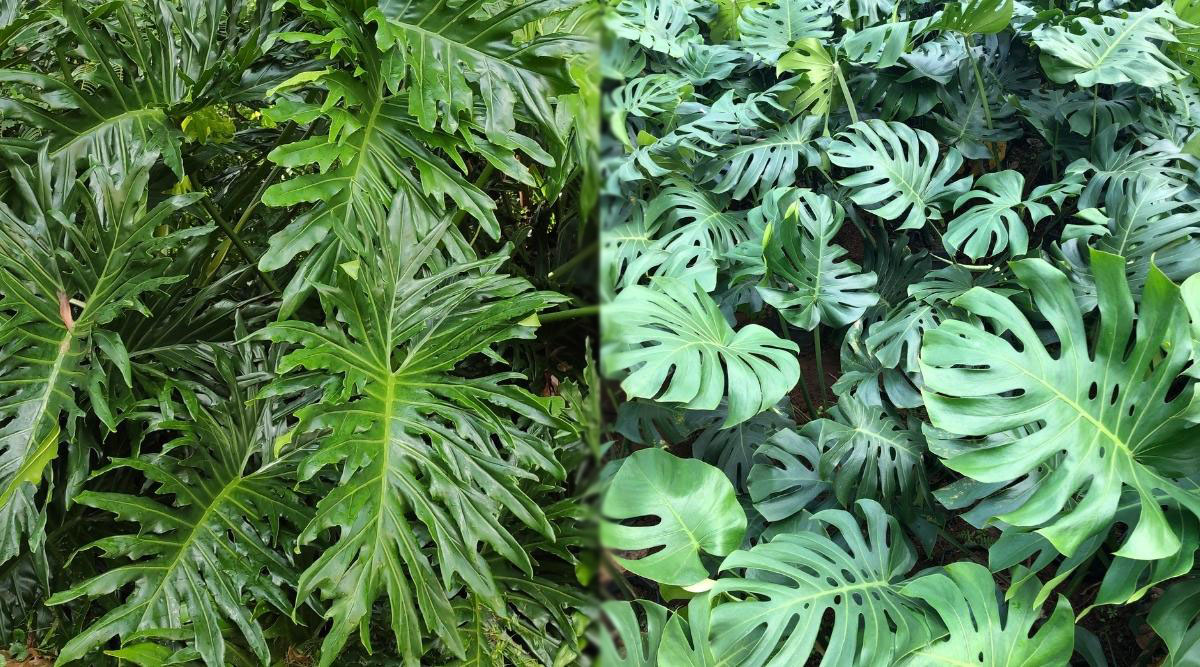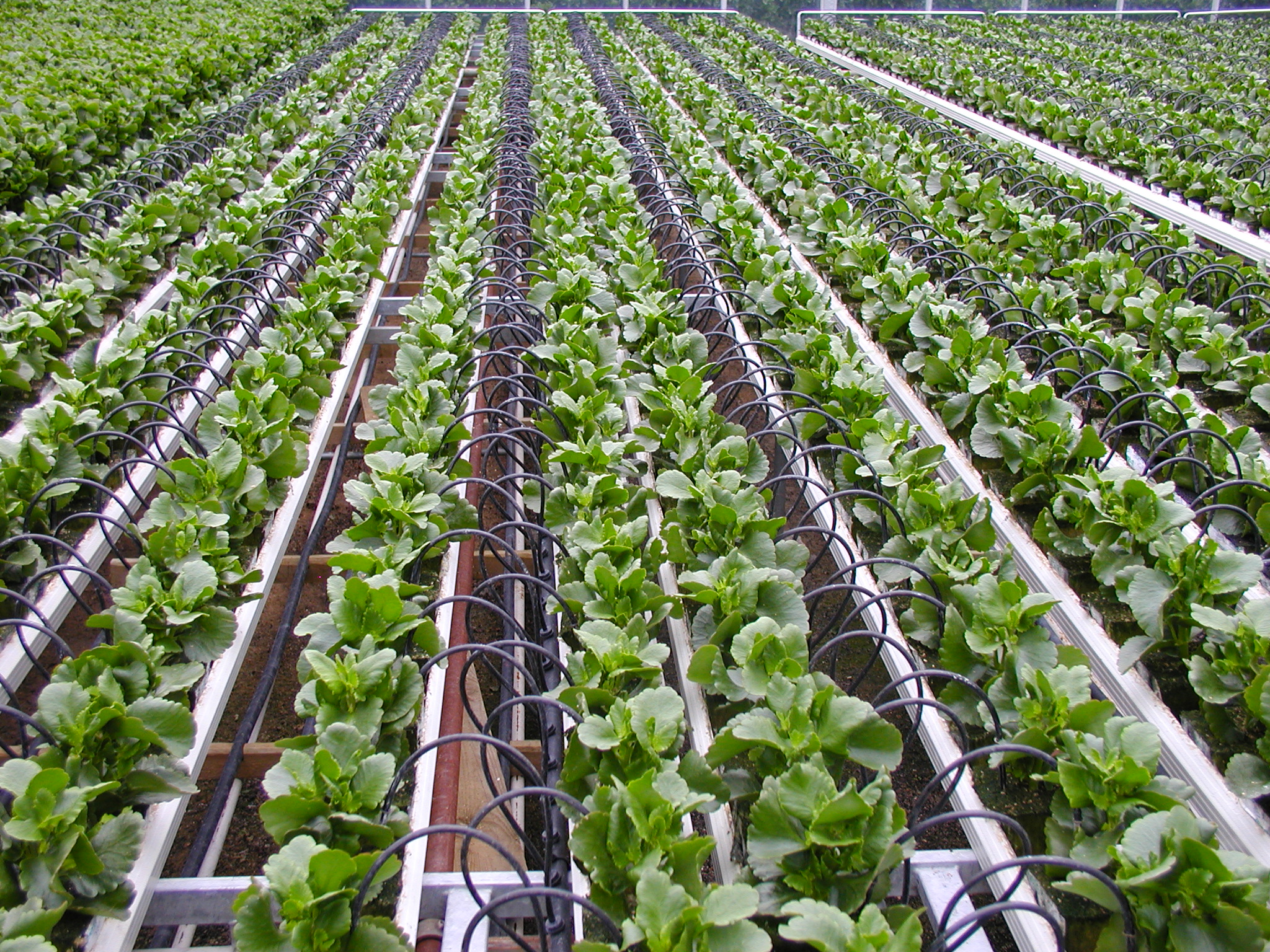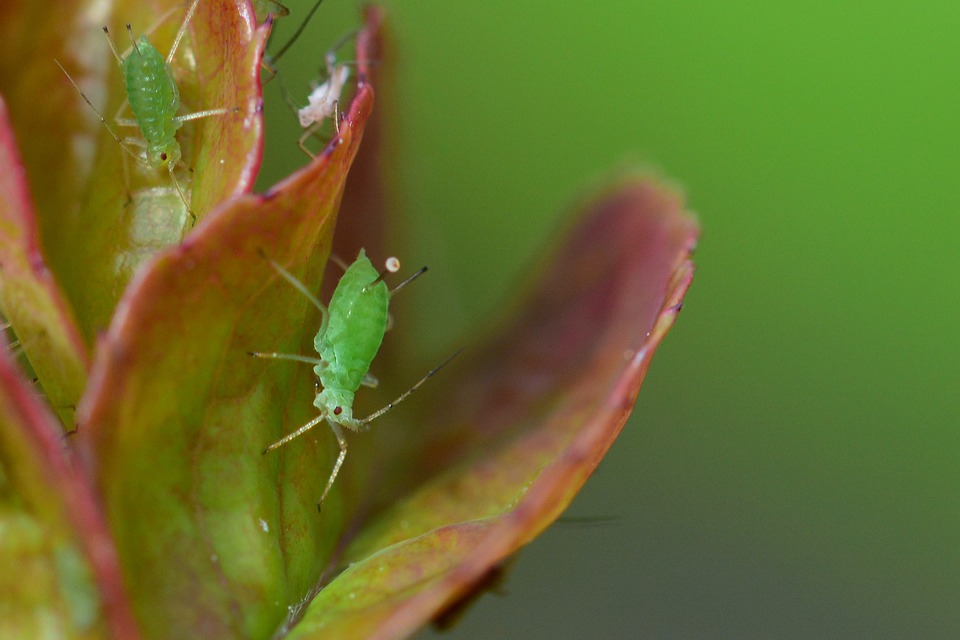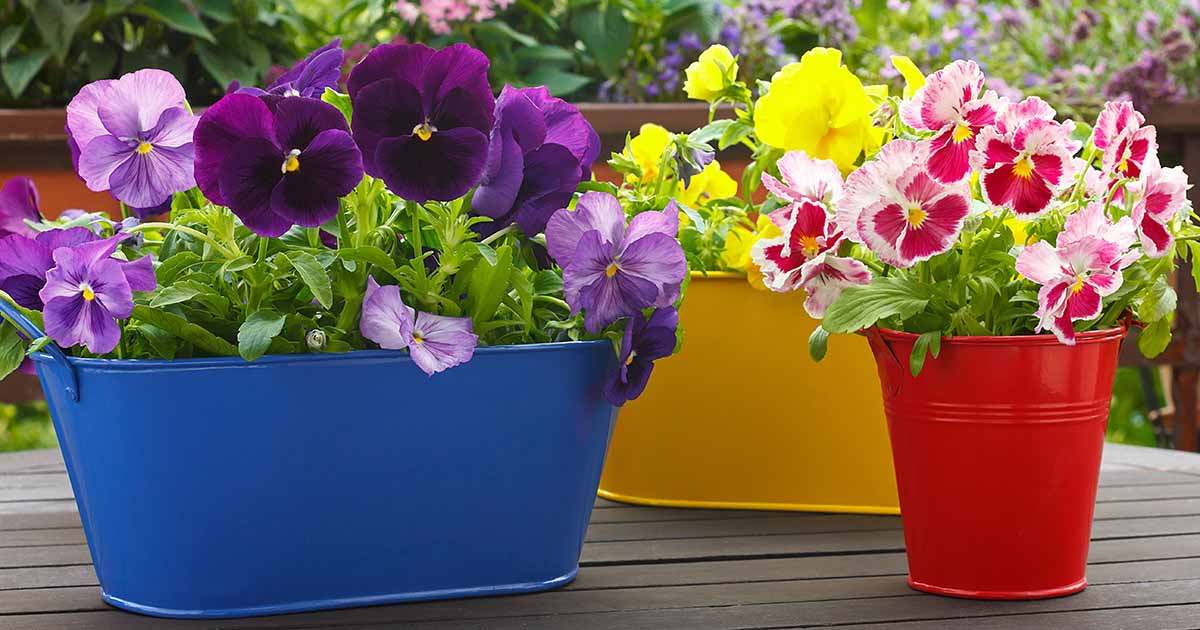For some time, the image of a very common plant in indoor gardens has been circulating on social networks, accompanied by an alarmist text that tells the story of a person who almost died after being in contact for a few seconds with one of its leaves freshly cut.
The plant in question was a dieffenbachia. I imagine that after seeing this image, many people had to remove the poor dieffenbachias from their homes, fearing for their lives and the integrity of their children and pets. But… is there any truth to this story? Are these plants really that poisonous?
The short answer is: no, they are not THAT toxic. The truth is: yes, they are toxic, but that doesn’t mean you’ll suddenly die from touching one of their leaves; however, it is worth knowing about them and understanding more about what the risk is, in order to manage them with the caution they require.
The first thing to clarify is that not all plants are toxic for everyone. That is, some plants can be deadly to some animals and humans, irritating to others, and perfectly edible to others. It’s basically a matter of evolution; plants develop different defence mechanism to protect themselves against animals or other plants, and one of those mechanism is toxicity. And it’s worth making something clear here: just because a plant is toxic doesn’t mean it’s deadly. In some cases, its toxicity causes skin irritation, in others it can cause vomiting, and in still others, depending on the species and amount consumed, it can cause life-threatening or even fatal reactions.
But we are not going to talk about scary -and most likely false- stories like the one about the plant in the viral image. What we do want to do is share with you a list of five plants that are very common in indoor gardens, which can pose a risk to pets and young children, who might nibble their leaves or handle them carelessly while playing (for careful adults, they hardly become dangerous).
Philodebdron
Some members of this family are the well-known: monstera and philodendron cordatum, for example, which are frequent in both indoor and outdoor gardens, due to their exuberant leaves and wide variety of shapes, sizes and colors. They are mildly toxic to humans, and toxic to dogs and cats, due to the presence of calcium oxalates, a chemical compound that has a very irritating effect on mucous membranes. They can cause mouth irritation, swelling of the mouth, excessive salivation, difficulty swallowing and vomiting.
Azalea
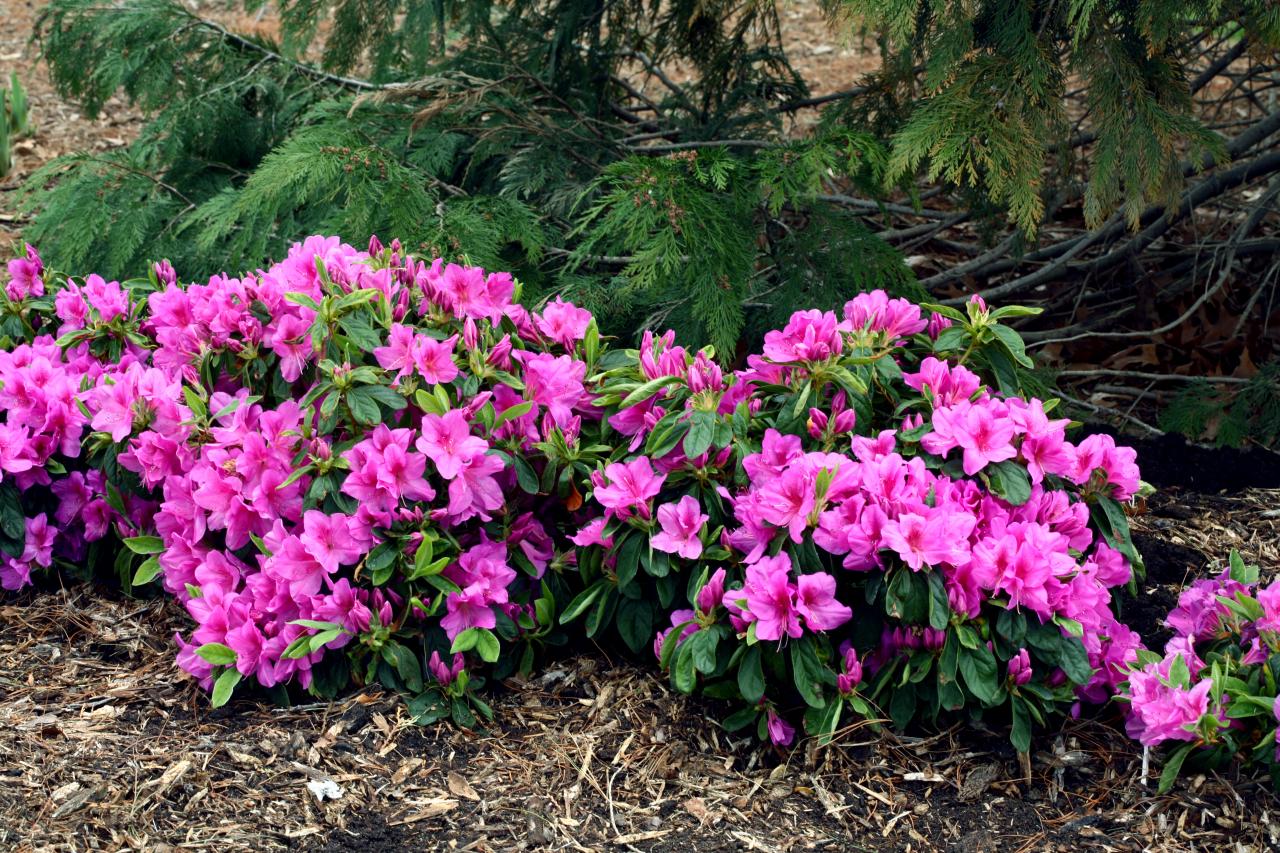
This showy flowering plant is very common in patios and grandmothers’ gardens. It is toxic to both humans and other animals due to the presence of grayanotoxins. Symptoms include excessive sweating, salivation, vomiting and dizziness. At higher doses, it can cause bradycardia, loss of coordination and muscle weakness.
Dieffenbachia
This plant is very common in indoor gardens for its pretty leaves with white spots and does well in low light. It is the protagonist of the viral story we told you above, and it can indeed be toxic, but not to the extent that these viral posts claim. Its toxicity is due to the presence of calcium oxalates, and as also happens in philodendrons, they can cause mouth irritation, swelling of the mouth, excessive salivation, difficulty swallowing and vomiting.
Euphorbia
This genus of plants has about 2,000 recognized species. Some resemble cacti, others have smooth leaves and spiny stems. One in particular is common in indoor gardens and is known as the poinsettia, Christmas flower or poinsettia. It has a milky latex that is toxic to humans and other animals. The main symptom is skin and mucous membrane irritation (redness and itching).
Do you have any of these plants at home? What techniques have you used to keep them out of the reach of your children or your animals? Tell us in the comments below!

